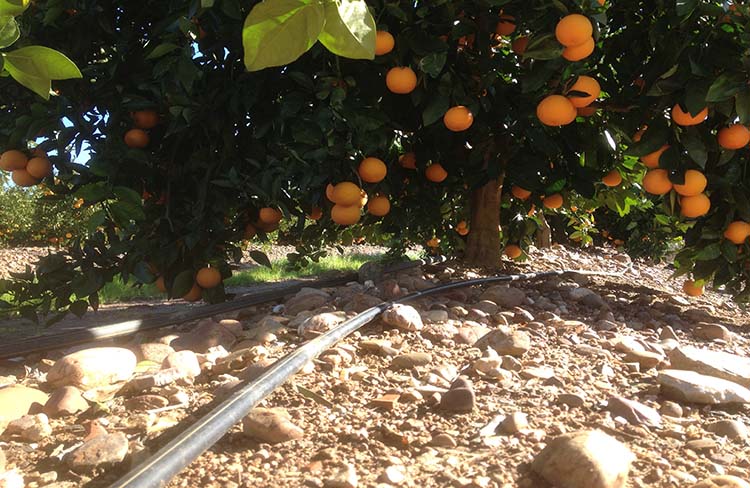“The maintenance and operation of pressurized irrigation equipment is an extremely important aspect in the correct management of a citrus plantation,” he said. Francisco Sosa, technician of the Obispo Colombres Agroindustrial Experimental Station (Eeaoc).
He added that supplemental pressurized irrigation in the citrus plantations of Tucumán constitutes an agronomic practice that helps stabilize year-on-year production, increases the efficiency of fertilization through fertigation and may have a positive effect on the size of the fruit.
“The use of these irrigation equipment is limited to times of the year when rainfall is scarce; and on many occasions the irrigation equipment is without use for several days, even months. Before the start of the new irrigation campaign, it is essential to carry out maintenance tasks to ensure the correct operation of the equipment in times of greatest need ”, the professional stressed.
The components of the pressurized irrigation system are generally the following: water intake (surface or underground); equipment head (pumps, filtering, controllers, injection, regulators); primary pipes; valves, and tertiary and lateral irrigation pipes.
“In each component of the system, maintenance tasks must be carried out before and during the irrigation campaign,” explained Sosa. He added that for a correct operation of the irrigation / fertigation equipment, an adequate agronomic and hydraulic design must be had, with pressure and flow data at the different points of the equipment, characteristics of the emitters, advance times, pipe diameters, characteristics of the valves, filters and other components of the equipment, water quality, automatisms, etc. “It is essential the training of operators and the periodic review of all components,” he stressed.
He also pointed out that preventive maintenance requires fewer resources and is more efficient than corrective measures.
Finally, Sosa mentioned that the agronomic management of irrigation is very important due to the cost of mm and its impact on production. “It is essential to have soil information (water storage capacity, root depth, edaphic limits), water inputs (rain and millimeters of irrigation provided), water demand of the crop (evapotranspiration), water quality (salinity, hardness, sodicity, nutrient supply). Also having a frequent record of soil moisture at different depths will allow generating a soil water balance from which more accurate decisions will be made regarding irrigation management. The records of plant variables such as fruit diameter, trunk, water potential, temperature, etc., will allow further optimization of the practice ”, he specified.
These concepts were pronounced by Sosa during his dissertation in the framework of a new edition of the now traditional cycle of conferences online carried out by the Eeaoc. All the days can be seen in the YouTube channel Of the entity.
– .


